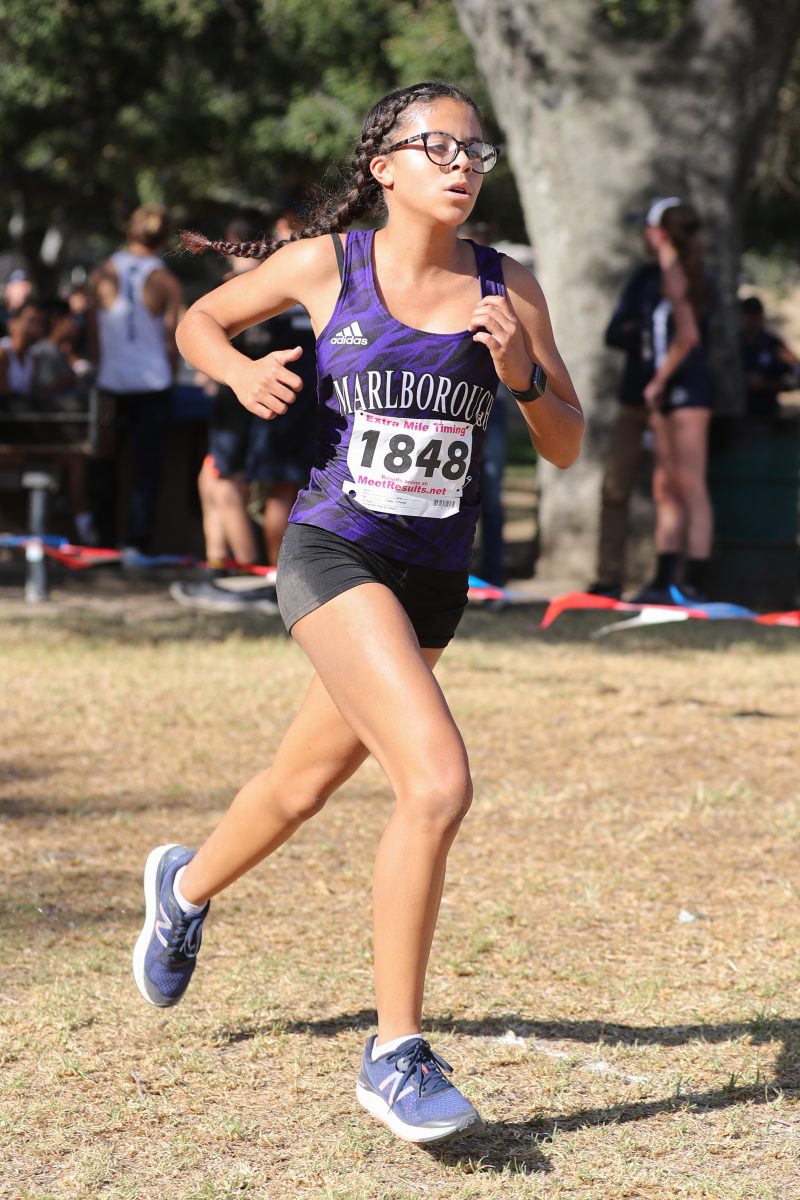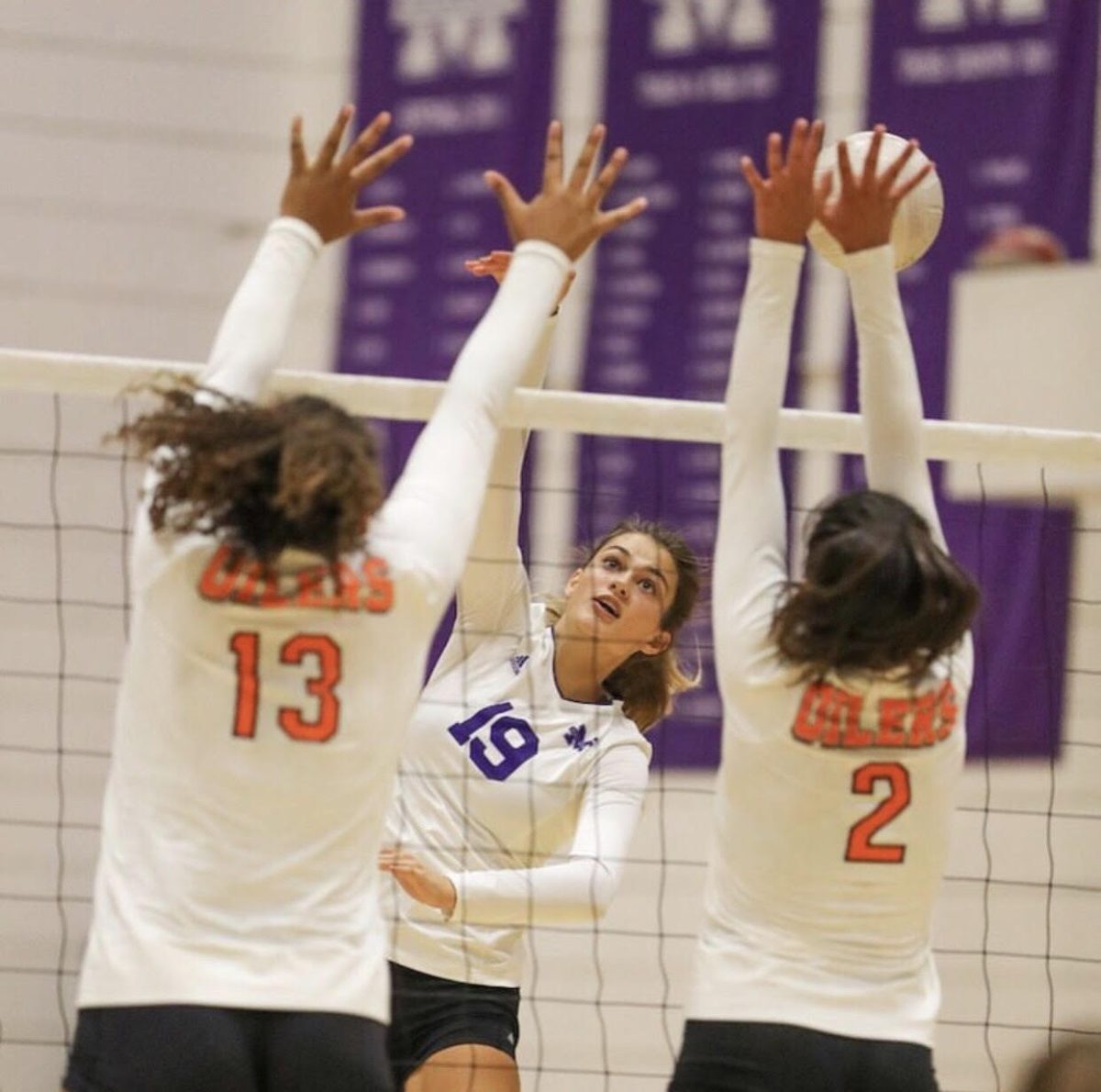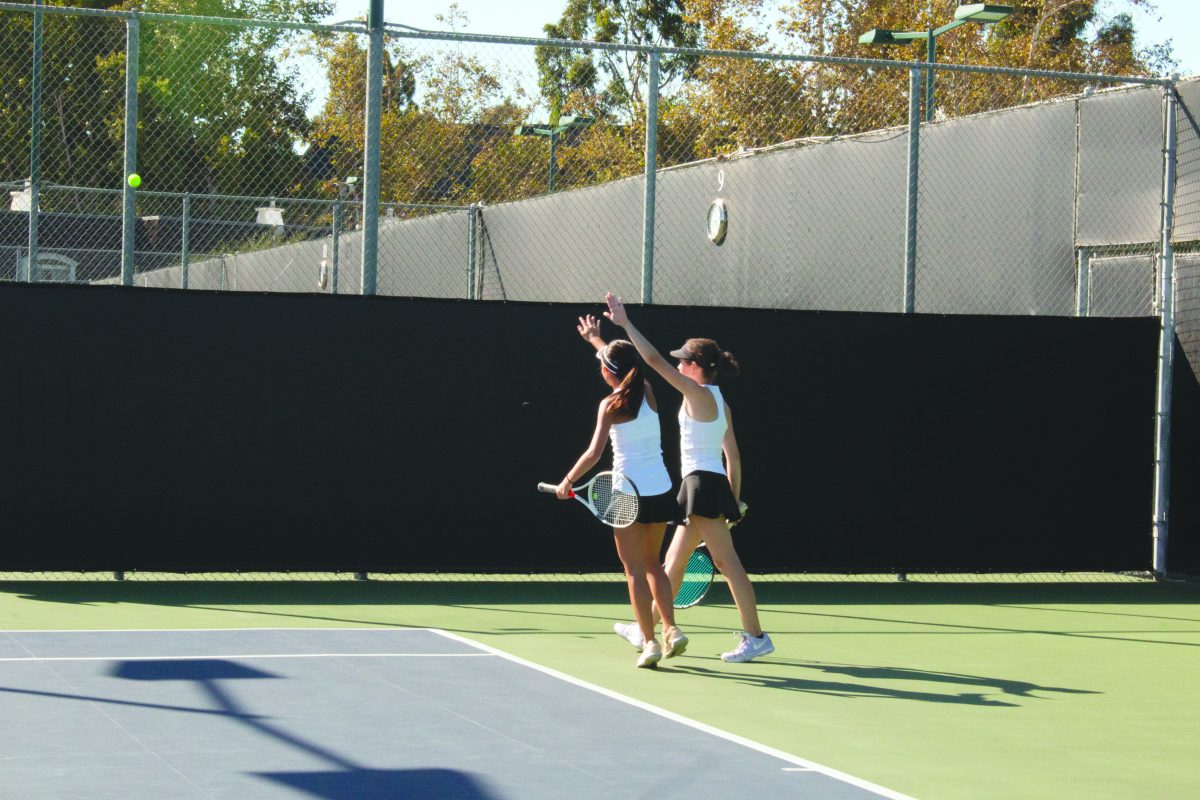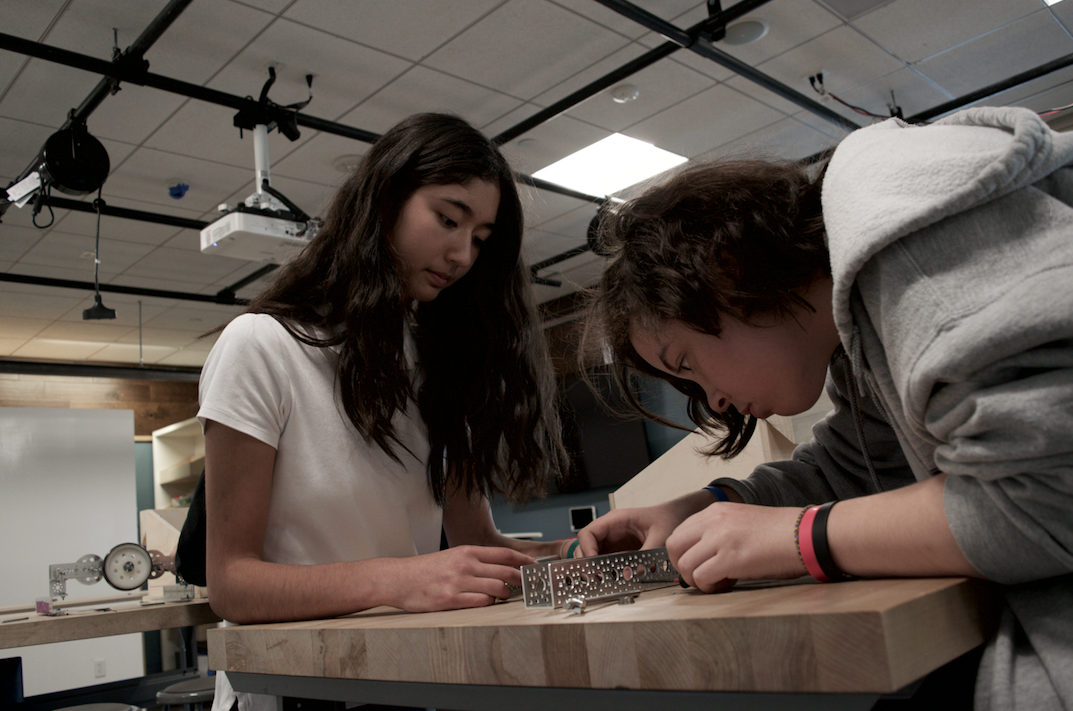
The 2016 Paralympic Games introduced two new sports, including the triathlon. The triathlon consists of a 0.75 km swim followed by a 5.57 km bike and finally a 2.5 km run. The Paralympics separates their competitors into “classes” based on the athlete’s level of mobility. Allysa Seely, Hailey Danisewicz and Melissa Stockwell each came home with a medal in the women’s triathlon PT2 class, which is for athletes with mobility impairments but do not compete in a wheelchair, class.
Allysa Seeley
On September 11, 2016, Seely won gold in the Paralympic Games in Rio. For the American, who first ran a triathlon her freshman year at Arizona State University, this medal was a long time coming. Shortly after her first race, Seely became very ill. It took over a year for doctors to properly diagnose her with Chiari II malformation, basilar invagination and Ehlers-Danlos syndrome. These three diagnoses mean Seely has structural defects in her brain, an upper spinal condition and a connective tissue disorder respectively. She underwent a 12 hour brain and spinal surgery. Despite a warning that she might never walk without assistance, eight months surgery, Seely finished her first post-surgery triathlon at the Collegiate Nationals in Tulsa. Later, Seely had her left leg amputated below the knee.
It has been six years since her diagnosis, and according to her Team USA bio, going into the Games, Seely was a two time International Triathlon Union (ITU) World Champion and the 2016 Sarasota CAMTRI American Champion in the paratriathlon.
Hailey Danisewicz
Hailey Danisewicz finished one minute after Seely, winning a silver medal in the triathlon at the Paralympic Games. Danisewicz career has been full of amazing moments, and in 2015, she won gold in the paratriathlon in the CAMTRI American Championships.
Danisewicz was diagnosed with osteosarcoma, a type of bone cancer, at the age of 12. After chemotherapy and surgery, her cancer went into remission, but her left leg never completely healed. When she was 14, Danisewicz decided to have her leg amputated because it would offer her a better quality of life and allow her to go back to sports. Danisewicz started racing triathlons at 19 when she was offered an internship at the Great Lakes Adaptive Sports Association on the condition she consider racing triathlons.
Danisewicz raced her first triathlon in 2011 and hasn’t looked back since.

Melissa Stockwell
At the 2016 Paralympics in Rio, Melissa Stockwell rounded off the US podium sweep, coming in third place. The fact that the race was on 9/11 made the day all the more special for the US army veteran.
“[September 11] changed the world and directly, changed my life. Since my injury…I have chosen to race in honor of those that gave the ultimate sacrifice for our country…Racing for those that no longer can. Racing to represent a nation filled with people that ran towards a falling tower and not away from it. Racing to honor myself and to honor others and to never forget,” she wrote in a blog post before the race.
April 13, 2004 changed Stockwell’s life forever, when the First Lieutenant became the first female soldier to lose a limb in active combat after a roadside bomb hit her vehicle. Stockwell officially retired from the Army in 2005, receiving both a Purple Heart and a Bronze Star, one of the most prestigious awards in the military often presented by the President. After her retirement, she started training more seriously and went to the 2008 Paralympics in Beijing for swimming. After returning home without a medal, Stockwell turned her sights on the triathlon, and started a nonprofit called Dare2tri.
Read an article Seely wrote for ESPN: http://www.espn.com/espnw/sports/article/16745686/paratriathlete-allysa-seely-talks-prosthetics-prs-accomplishments-espn-body-issue






